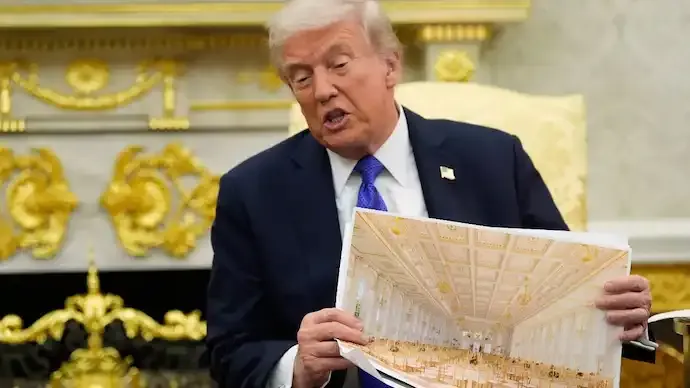Shopping cart
Your cart empty!
Terms of use dolor sit amet consectetur, adipisicing elit. Recusandae provident ullam aperiam quo ad non corrupti sit vel quam repellat ipsa quod sed, repellendus adipisci, ducimus ea modi odio assumenda.
Lorem ipsum dolor sit amet consectetur adipisicing elit. Sequi, cum esse possimus officiis amet ea voluptatibus libero! Dolorum assumenda esse, deserunt ipsum ad iusto! Praesentium error nobis tenetur at, quis nostrum facere excepturi architecto totam.
Lorem ipsum dolor sit amet consectetur adipisicing elit. Inventore, soluta alias eaque modi ipsum sint iusto fugiat vero velit rerum.
Sequi, cum esse possimus officiis amet ea voluptatibus libero! Dolorum assumenda esse, deserunt ipsum ad iusto! Praesentium error nobis tenetur at, quis nostrum facere excepturi architecto totam.
Lorem ipsum dolor sit amet consectetur adipisicing elit. Inventore, soluta alias eaque modi ipsum sint iusto fugiat vero velit rerum.
Dolor sit amet consectetur adipisicing elit. Sequi, cum esse possimus officiis amet ea voluptatibus libero! Dolorum assumenda esse, deserunt ipsum ad iusto! Praesentium error nobis tenetur at, quis nostrum facere excepturi architecto totam.
Lorem ipsum dolor sit amet consectetur adipisicing elit. Inventore, soluta alias eaque modi ipsum sint iusto fugiat vero velit rerum.
Sit amet consectetur adipisicing elit. Sequi, cum esse possimus officiis amet ea voluptatibus libero! Dolorum assumenda esse, deserunt ipsum ad iusto! Praesentium error nobis tenetur at, quis nostrum facere excepturi architecto totam.
Lorem ipsum dolor sit amet consectetur adipisicing elit. Inventore, soluta alias eaque modi ipsum sint iusto fugiat vero velit rerum.
Do you agree to our terms? Sign up

US President Donald Trump is transforming the White House with a lavish, gold-tinted ballroom that will replace the historic East Wing. The project, involving bulldozers, skipped approvals, and rapid cost escalations, has drawn comparisons to typical Indian infrastructure projects.
Last Monday, demolition crews tore down the East Wing, originally built in 1942 under Franklin D. Roosevelt. The Wing housed the office of the First Lady and her staff for decades, including Michelle Obama, Hillary Clinton, and Barbara Bush. Trump’s decision to replace it reflects a disregard for historical precedent, echoing Indian projects where legacy structures are often demolished to make way for new constructions.
The National Capital Planning Commission, which normally oversees major federal building projects in Washington D.C., did not approve the ballroom construction. The project was seemingly greenlit unilaterally by Trump, similar to Indian builders who often begin projects without municipal permissions. Interestingly, the commission is chaired by Will Scharf, a close aide of Trump, who dismissed concerns about jurisdiction.
Trump’s ballroom has experienced rapid budget increases. Initially pegged at $100 million, costs soared to $200 million and then $300 million within a year. This mirrors Indian infrastructure patterns, such as the Mumbai Coastal Road, Delhi Metro extensions, and various Smart Cities projects, which often exceed initial budgets over time.
While Trump initially claimed he would self-fund the project, donations from companies like Amazon, Google, and Meta are now part of the financing. Many of these contributors have business dealings with the US government. Beyond vanity, the ballroom is a legacy project meant to leave a permanent mark on American history—double the size of the White House, adorned in gold, and designed to host 999 guests.
From demolishing historic buildings to bypassing approvals and experiencing major cost escalations, Trump’s White House ballroom project mirrors the hallmarks of Indian construction projects. As bulldozers roll across the White House lawns, the comparison to India’s infrastructure quirks becomes hard to ignore.
19
Published: Oct 25, 2025